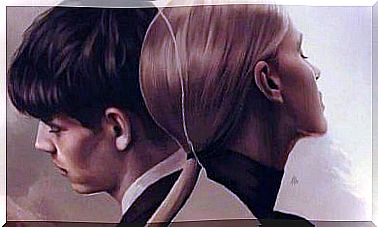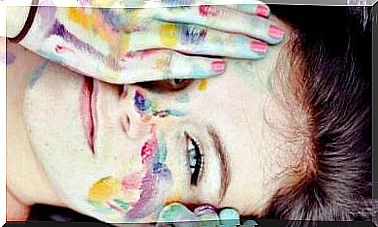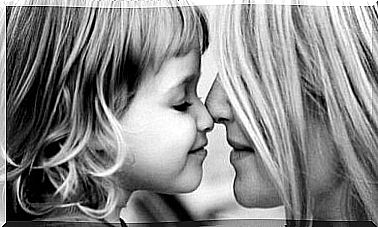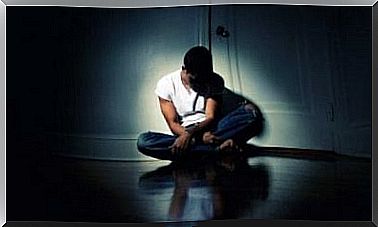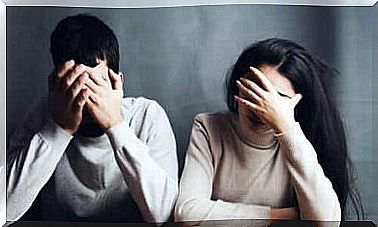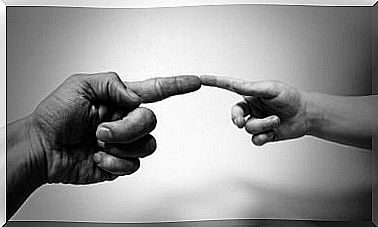Emotional And Behavioral Changes After A Stroke
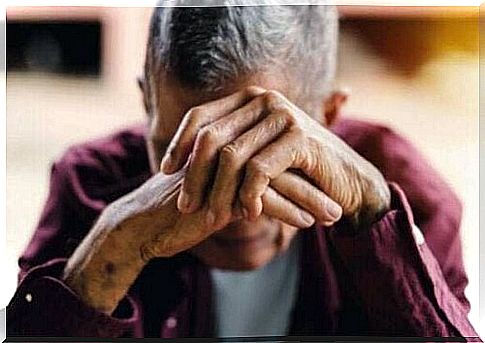
The effects of a stroke can be very serious and result in moderate to severe disability. However, there are other effects that people often do not think about, but which are just as important. If you ignore these, they can be very troublesome for those affected. It happens that patients undergo emotional and behavioral changes after a stroke.
Neurological rehabilitation after a stroke focuses mostly on restoring the patient’s motor skills. A stroke can i.a. lead to hemiplegia (unilateral paralysis), difficulty walking, aphasia and cognitive impairment. These side effects are among the most common in a long list of problems that can occur and that need to be given a lot of attention. However, if the patient does not receive help with the emotional and behavioral changes, the consequence may be that the physical rehabilitation does not progress as expected.
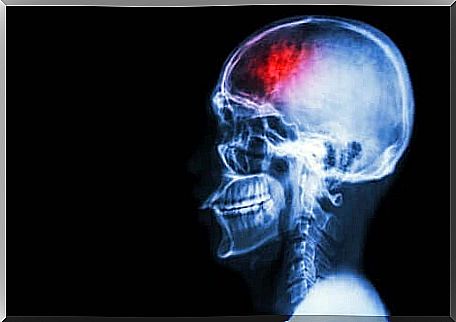
What is a stroke and why are so many changes affected after a stroke ?
A stroke is a sudden interruption or a reduction in the brain’s blood supply. It gives rise to various physical symptoms and cognitive changes that can be temporary or permanent.
Stroke is something that affects 13 million people around the world and hundreds of thousands of people suffer from functional impairments as a result of a stroke. The number of stroke victims is on the rise, but it is important to note that 90% of cases can be prevented.
In Spain, stroke is the second most common cause of death. For women, it is the leading cause of death. It is also the leading cause of disability in adults and 35% of stroke victims are of working age. This may seem surprising to most people, because stroke is thought to be something that only affects older people.
As we mentioned earlier, there are a number of possible side effects and some can be very serious. Most people who suffer from stroke suffer from mental illness because of their perception of having lost functional abilities. These changes can actually be more inhibitory than the physical side effects of a stroke.
The most common types of emotional changes after a stroke
- Pathological emotionality or pathological laughter or crying. This is when a patient laughs or cries in a way that is disproportionate to the stimuli that trigger the reaction in question.
- Affect incontinence. This is related to the point above, as it refers to difficulties in regulating and expressing emotions. The emotional response can be disproportionate or inadequate in terms of frequency, intensity and duration. It can also be completely inappropriate in relation to the situation.
- Fatigue due to stroke. Extreme fatigue after minimal physical or mental exertion. This can also be accompanied by a subjective feeling of exhaustion. Some people even have trouble starting tasks that require some form of effort, no matter how small it may be.
- Disaster responses. An individual with this condition may also exhibit other symptoms of depression.
- Apathy. Decreased interest in things, people and activities.
- Anosognosi. Unaware of being sick. The most obvious aspect of this symptom is the person’s emotional indifference to their disability.
- Irritability and aggression. This is very common. It can be verbal or physical (aimed at objects or individuals).
- Anxiety or depression. These are very often the suites of brain damage in general. When it comes to stroke, however, it is always about some type of dysfunction or impaired ability. This means that the patient must undergo a grieving process, which can lead to depression and anxiety, regardless of the injury itself.
These symptoms can vary from person to person and they can be difficult to diagnose. However, the healthcare system should provide appropriate procedures so that symptoms can be detected and treated in a timely manner.
Secondary behavioral changes after a stroke
- Changes in social behavior. This is the most common change and it may involve everyone else. The people closest to the patient usually notice that he or she is no longer the same. They observe i.a. changes in the patient’s character, personality and way of treating others.
- Infantilism. A tendency to act irresponsibly and naively.
- Lack of flexibility. This is also one of the most common symptoms. It refers to the inability to change established plans. A impaired or defective working memory may be behind such symptoms.
- Selfishness. Stroke patients are often egocentric and incapable of understanding another person’s situation.
Adaptive social behaviors presuppose an understanding of other people’s perspectives. This ability is called mentalization and if it is insufficient or impaired, it means that you can not understand the people around you and their needs. This, of course, leads to a lot of problems in relationships with other people.

The importance of addressing these changes
As you can see, emotional and behavioral changes are natural reactions to a stroke. However, they can have negative consequences for the patient’s recovery. A good attitude and motivation are essential for success in your rehabilitation process. This will go much faster and be more positive if the patient cooperates and is willing to do what is needed.
With this in mind, the patient should preferably undergo both neuropsychological and neurological rehabilitation. The patient and their immediate family members should also receive psychological support, so that one can make sure that these emotional and behavioral changes do not hinder the patient’s recovery.
Finally, it is also important to be aware of the patient’s family members or primary caregivers and their emotional states. Taking care of a stroke patient can be extremely stressful and it is something that often affects the mental health of caregivers. Therefore, it is crucial for their and the stroke patient’s well-being that they can stay healthy and have the resources they need. After all, there is no better strategy to take care of others than to take care of yourself. As they say, it is not possible to pour out of an empty cup.
